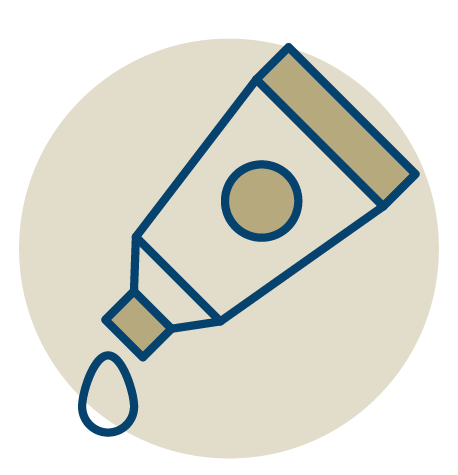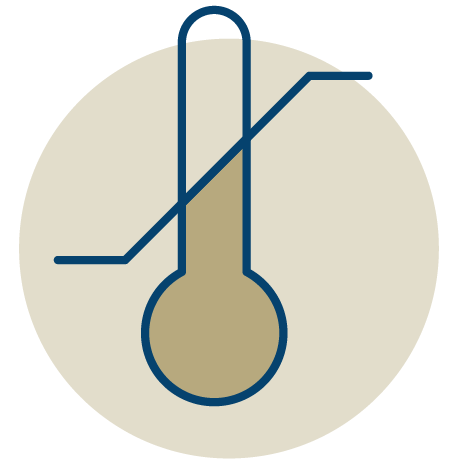

History of incremental innovation with little new evidence

Chronic wound patients often require treatment in the community
or at home

Many impactful innovations are impractical for home
& community use
Returning Chronic Wounds to Healing
A HUGE UNMET NEED
HIGHLY PREVALENT
AND GROWING
100 million
patients suffer from chronic wounds globally
RESOURCE INTENSIVE
5.5%
of healthcare expenditure in the NHS and 1.7%-2.7% in the US relates to chronic wounds
EXPENSIVE
$25 billion
annual spend on chronic wounds in US alone
Effective debridement & treatments that help chronic wounds to heal remain an unmet need in the face of rising prevalence and pressured health systems

Aurase Wound Gel
"We are doing the same now as we were doing 20 years ago."
Wound care nurse
Our Solution
AURASE WOUND GEL
Our patented biomimetic product, Aurase Wound Gel, is a safe and effective debrider that can be used in all patient settings

Aurase Wound Gel aims to tackle key obstacles to wound healing in TIME paradigm

Game-changing characteristics of Aurase Wound Gel

100% Standard of care fit

Simple application during standard dressing changes

Safe: No risk if left on wound; specificity & pH-dependent action spares healthy tissue

Equally well suited to clinic & hospital environments

High compatibility with established wound care products
Unique combination of efficacy & ease-of-use positions Aurase Wound Gel as the best solution for debridement in all patient settings
TARUMASE

Aurase Wound Gel contains Tarumase, a clone of the key enzyme in maggot saliva that breaks down fibrin, elastin and collagen in wounds. This highly-specific fibrinolytic enzyme has been perfectly optimised by evolution for wound bed preparation.
Mode of Action

Self-regulates activity
depending on wound
environment pH

Proof-of-Concept
-
Tarumase successfully debrides wounds faster
-
More complete debridement & improved healing at increased enzyme concentrations


Strong Safety Profile
-
No indications of systemic absorption
-
No antibody generation
-
No systemic effects on coagulation

Pain-free
-
Does not add to patients’ already existing pain burden
-
No evidence of local tolerability issues
Development pipeline
Our Phase II trials explore debridement and wound bed preparation in venous leg ulcers

*Proof of Concept
Evidence of effective debridement

Dose dependent debridement observed in patients with ≥ 50% slough at baseline
Evidence for an increase in linear healing rate in response to Aurase Wound Gel

-
Dose dependent improvement in healing trajectory*
-
Highest dose (to date) significantly exceeds expected wound healing rate* under standard of care
*Gilman's Equation - linear rate of healing Jessup R. L. (2006). https://doi.org/10.1097/00129334-200604000-00009

